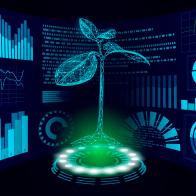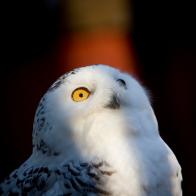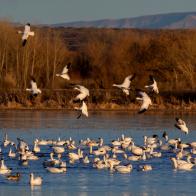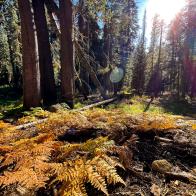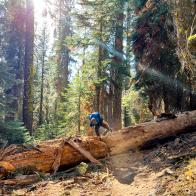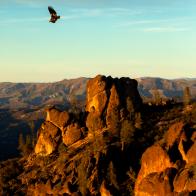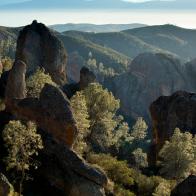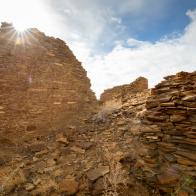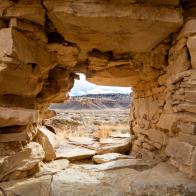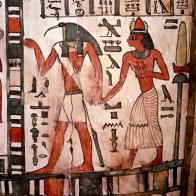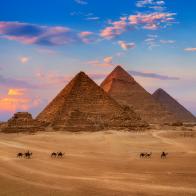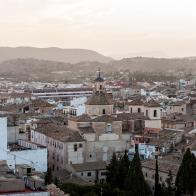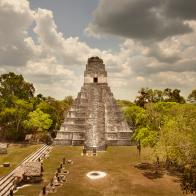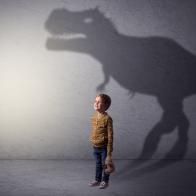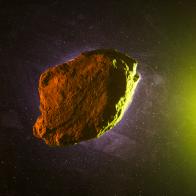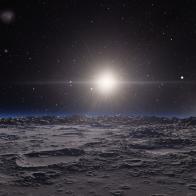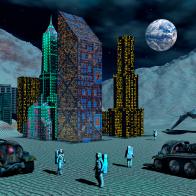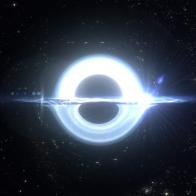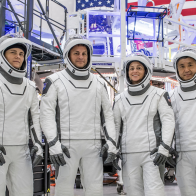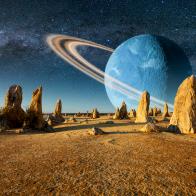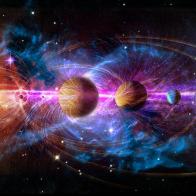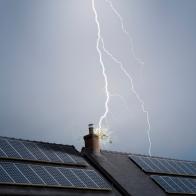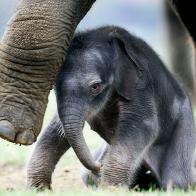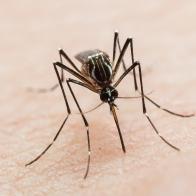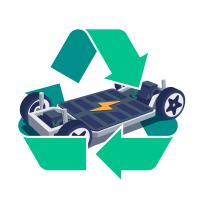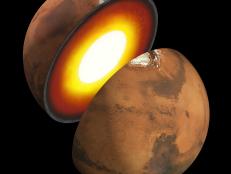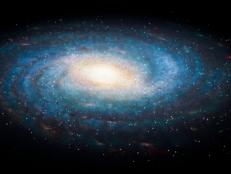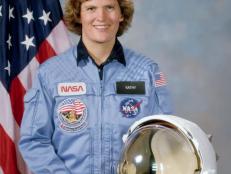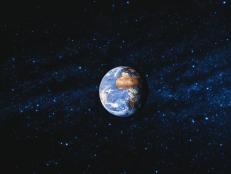All Space Articles
Showing 166 - 180 of 491 results
Welcome to the Surface of Mars
Through the use of cutting-edge instruments, scientists finally have the opportunity to probe deep beneath the surface and ascertain exactly how the terrestrial planet formed.
What is “Dark Flow”?
It sounds super-scary: something from outside the universe, a force so unimaginable, is pulling every single galaxy towards it. What monstrosity of cosmic physics could it be?
That’s a (Weirdly) Big Black Hole!
Recently astronomers identified a black hole near a star called LB-1 and they found out that the black hole is 70 times the mass of the sun. This is a mystery because the biggest black holes we can get from the deaths of the most massive stars are around 30 times the mass of the sun, so how did black hole get this big?
An Asteroid is Going to Kill Us All Before the Election... Or Not
So you may have heard the news by now that an asteroid is hurtling towards the Earth.
Scientists Have Discovered Enormous Balloon-Like Structures in the Center of Our Galaxy
There's something really, really big in the middle of our Milky Way galaxy — one of the largest structures ever observed in the region, in fact.
Following Blue Origin’s NS-12 Rocket Launch
Blue Origin, Billionaire Jeff Bezos’ spaceflight company, is rescheduled to launch its NS-12 reusable spacecraft on Wednesday, December 11. Watch it LIVE.
Female Firsts: Meet Dr. Kathy Sullivan
In honor of Women's History Month, we're celebrating the achievements of women around the globe and throughout history. From the pages of The Explorers Journal, we're sharing stories from four women who broke boundaries in exploration, research, and science. In our final spotlight, meet the first American woman to walk in space and to reach the deepest known point in the ocean, Dr. Kathy Sullivan.
For $3.5 Million, You Can Join Jeff Bezos in Space
The richest man in the world announced his spaceflight this month in a rocket designed by his own company, Blue Origin.
NASA Astronaut Jeanette Epps Will Make History with Her Next Mission
It was announced this week that Astronaut Jeanette Epps will be added to NASA's Boeing Starliner-1 mission to the international Space Station. She will be the first Black astronaut to live on the ISS.
Lowell Observatory Astronomers Celebrate Hubble
Astronomers from Lowell Observatory in Flagstaff, Arizona celebrate the 30th Anniversary of the Hubble Space Telescope with personal stories from their research.
How Did the Solar System Form?
How did our solar system form? It's a pretty simple and straightforward question, but as with most things in science, simple and straightforward doesn't necessarily mean easy.
What are the Chances of Life Appearing On…Earth?
Just how lucky are we on Earth? What were the chances that life would arise, let alone lead to intelligence?
Do Giant Water Worlds Host Alien Life?
We all wish we could find an Earth 2.0 – a planet about the size of our own, made of roughly the same chemical mixture, orbiting a sun-like star at just the right distance so that all its water doesn’t evaporate or freeze.
Where should we go? The Moon or Mars?
There’s been a lot of excitement around space exploration recently. Astrophysicist Paul M. Sutter discusses the viability between the Moon and Mars.
Female Firsts: Meet Dr. Kathy Sullivan
In honor of Women's History Month, we're celebrating the achievements of women around the globe and throughout history. From the pages of The Explorers Journal, we're sharing stories from four women who broke boundaries in exploration, research, and science. In our final spotlight, meet the first American woman to walk in space and to reach the deepest known point in the ocean, Dr. Kathy Sullivan.
















